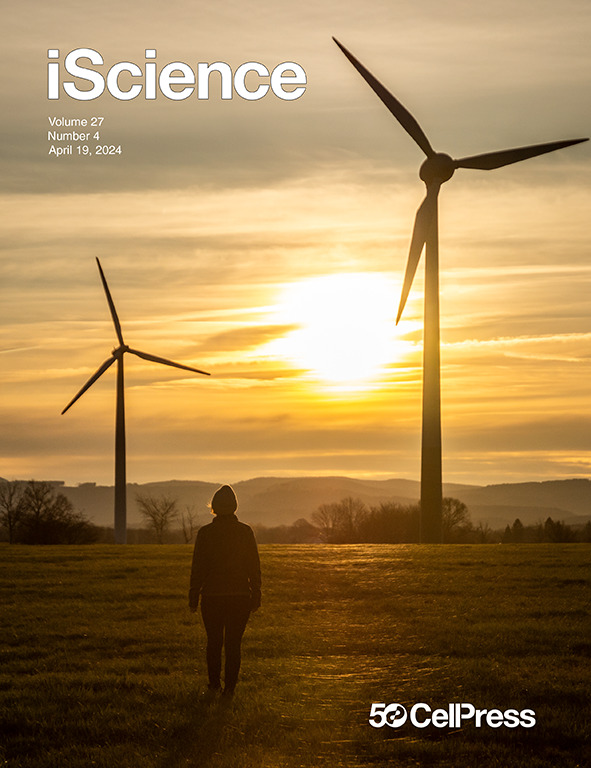Gut microbiota and metabolome signatures in obese and normal-weight patients with colorectal tumors
IF 4.6
2区 综合性期刊
Q1 MULTIDISCIPLINARY SCIENCES
引用次数: 0
Abstract
Here, we aim to improve our understanding of various colorectal cancer (CRC) risk factors (obesity, unhealthy diet, and gut microbiota/metabolome alteration), analyzing 120 patients with colon polyps, divided in normal-weight (NW) or overweight/obese (OB). Dietary habits data (validated EPIC questionnaires) revealed a higher consumption of processed meat among OB vs. NW patients. Both mucosa-associated microbiota (MAM) on polyps and lumen-associated microbiota (LAM) analyses uncovered distinct bacterial signatures in the two groups. Importantly, we found an enrichment of the pathogenic species Finegoldia magna in MAM of OB patients, regardless of their polyp stage. We observed distinct mucosal-associated metabolome signatures, with OB patients showing increased pyroglutamic acid and reduced niacin levels, and performed microbiota-metabolome integrated analysis. These findings support a model where different risk factors may contribute to tumorigenesis in OB vs. NW patients, highlighting the potential impact of processed meat consumption and F. magna on CRC development among OB patients.

求助全文
约1分钟内获得全文
求助全文
来源期刊

iScience
Multidisciplinary-Multidisciplinary
CiteScore
7.20
自引率
1.70%
发文量
1972
审稿时长
6 weeks
期刊介绍:
Science has many big remaining questions. To address them, we will need to work collaboratively and across disciplines. The goal of iScience is to help fuel that type of interdisciplinary thinking. iScience is a new open-access journal from Cell Press that provides a platform for original research in the life, physical, and earth sciences. The primary criterion for publication in iScience is a significant contribution to a relevant field combined with robust results and underlying methodology. The advances appearing in iScience include both fundamental and applied investigations across this interdisciplinary range of topic areas. To support transparency in scientific investigation, we are happy to consider replication studies and papers that describe negative results.
We know you want your work to be published quickly and to be widely visible within your community and beyond. With the strong international reputation of Cell Press behind it, publication in iScience will help your work garner the attention and recognition it merits. Like all Cell Press journals, iScience prioritizes rapid publication. Our editorial team pays special attention to high-quality author service and to efficient, clear-cut decisions based on the information available within the manuscript. iScience taps into the expertise across Cell Press journals and selected partners to inform our editorial decisions and help publish your science in a timely and seamless way.
 求助内容:
求助内容: 应助结果提醒方式:
应助结果提醒方式:


